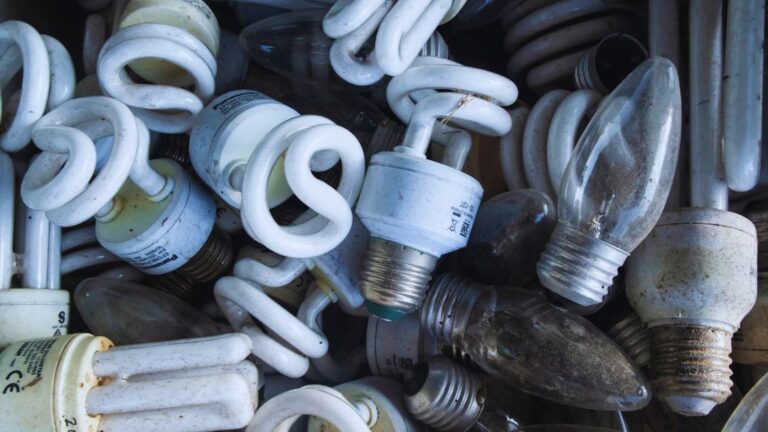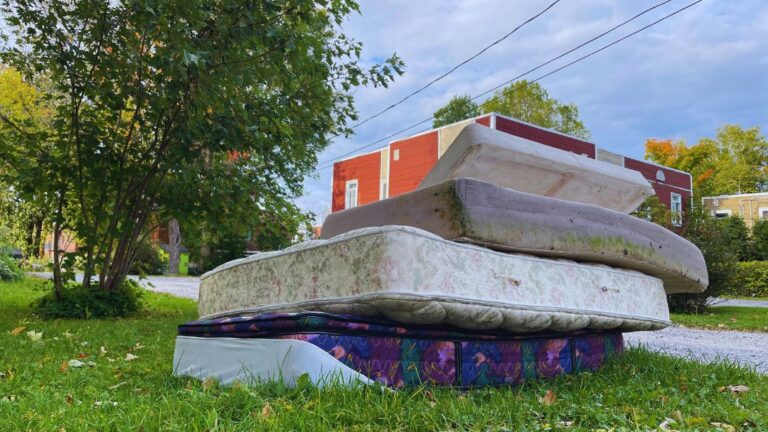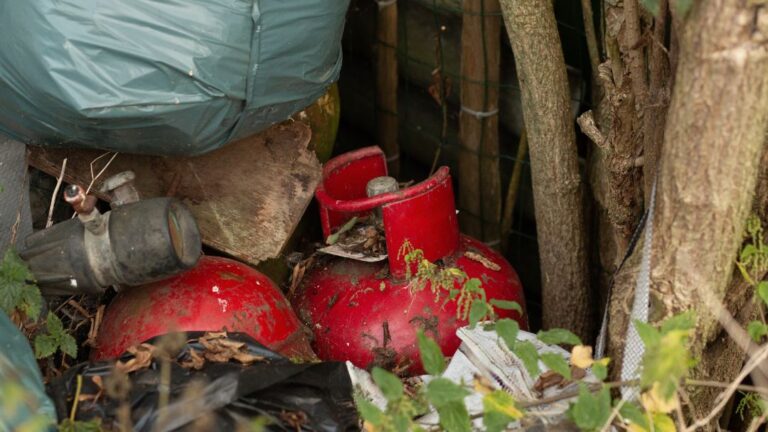A 2023 EPA study found that 78% of businesses don’t know where to dispose of hazardous waste properly. This costs companies $3.2 million in fines and cleanup costs every year. Most businesses create hazardous materials daily, but don’t know how to get rid of them safely.
Figuring out where to dispose of hazardous waste correctly keeps your business out of trouble and protects your community. One bad disposal choice can create environmental problems and legal headaches that stick around for years.
This guide tells you everything about hazardous waste disposal – from spotting different types of hazardous waste to finding approved disposal places and understanding liquid waste disposal rules.
What Counts as Hazardous Waste
Before you figure out where to dispose of hazardous waste, you need to know what stuff needs special handling. The EPA says hazardous waste has four main characteristics of hazardous waste: it catches fire easily, eats through things, reacts badly, or makes you sick.
Regular business activities create way more hazardous waste than people think. Making stuff, fixing equipment, and even cleaning offices can produce materials that need special disposal.
Non hazardous waste can usually go through normal trash services, but mixed materials need careful sorting. Knowing the difference saves money and keeps you out of trouble.
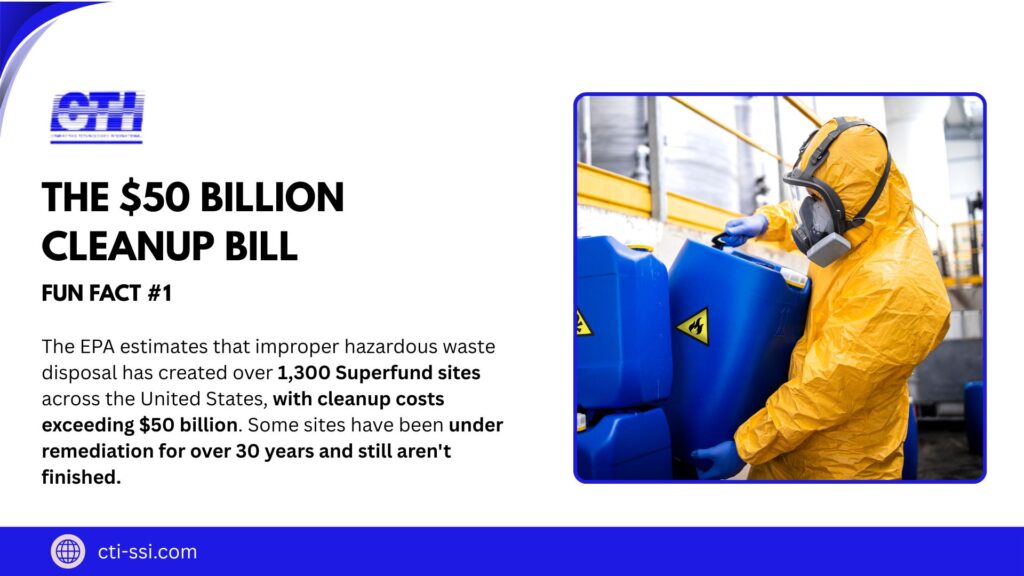
The Four Main Types
Stuff that catches fire includes solvents, paints, and cleaning chemicals. These need special care when you store them and move them to disposal places.
Corrosive materials eat through metal containers and burn your skin. Battery acid, metal cleaners, and strong chemicals fit here.
Reactive materials can blow up or make toxic gases when they mix with other chemicals. Old lab chemicals and some metal powders need immediate professional disposal.
Toxic materials make you sick over time. Lead paint, mercury devices, and certain bug killers need special disposal methods.
Waste Type | What It Includes | How to Handle |
Catches Fire | Solvents, paints, oils | Fire-safe transport |
Eats Things | Battery acid, cleaners | Needs neutralizing |
Reacts Bad | Old chemicals | Pros only |
Where to Take Hazardous Waste
Finding the right disposal place depends on what kind of waste you have, where you are, and how much you’ve got. Different places handle specific waste types and have different rules about what they’ll take.
Licensed hazardous waste facilities give you the safest disposal option for most business materials. These places have the right equipment and trained workers to handle dangerous stuff safely.
City household hazardous waste programs take small amounts from businesses in many areas. But these programs often limit how much commercial waste they’ll accept.
- Licensed Commercial Places
Commercial hazardous waste facilities offer complete services for business disposal needs. These places can handle big volumes and give you proper paperwork for staying legal.
Treatment facilities can neutralize or stabilize hazardous materials before disposal. This often costs less than straight disposal and hurts the environment less.
Recycling facilities recover valuable stuff from hazardous waste. Solvent recovery and metal reclamation programs give you cheaper disposal options.
- Regional Collection Programs
Many states run regional collection programs for specific waste types. These programs often give qualifying businesses lower-cost disposal options.
Industry programs handle specialized waste from manufacturing operations. The electronics, auto, and drug industries often have their own disposal networks.
Mobile collection services bring disposal rights to your facility. These work well for places that generate hazardous waste now and then.
Dealing with Liquid Waste
Liquid waste disposal needs special handling because liquids are hard to transport and risky for the environment. Liquids can leak during transport and cause contamination problems.
Liquid waste management starts with proper containers and labels. You can’t mix liquids that don’t get along – they might react during storage and transport.
Professional liquid waste removal services safely transport and dispose of business liquids. These services use special trucks and trained drivers to prevent spills and accidents.
- Container Rules
Liquid hazardous waste needs containers that won’t react with what’s inside. Steel drums work for most stuff, but some chemicals need special container materials.
Secondary containment stops spills from reaching the environment if the main containers fail. Spill berms and containment pallets give you this protection during storage.
Good labeling tells disposal workers what’s inside and what’s dangerous. Missing or wrong labels can delay disposal and cost extra money.
A 2024 waste management study found that proper containers reduce liquid disposal costs by 23% compared to bad packaging.
- Moving It Around
DOT rules control hazardous waste transportation and require specific packaging, labeling, and paperwork. Breaking these rules can get you serious fines and transportation delays.
Licensed transporters have proper equipment and training to handle hazardous materials safely. Using unlicensed transporters creates liability and compliance risks.
Emergency response planning covers potential spills or accidents during transport. Good planning reduces cleanup costs and environmental damage.
Container Type | Good For | Special Needs |
Steel Drums | Most liquids | DOT specs |
Plastic Containers | Corrosive stuff | Chemical compatibility |
Fiber Drums | Low-hazard liquids | Moisture protection |
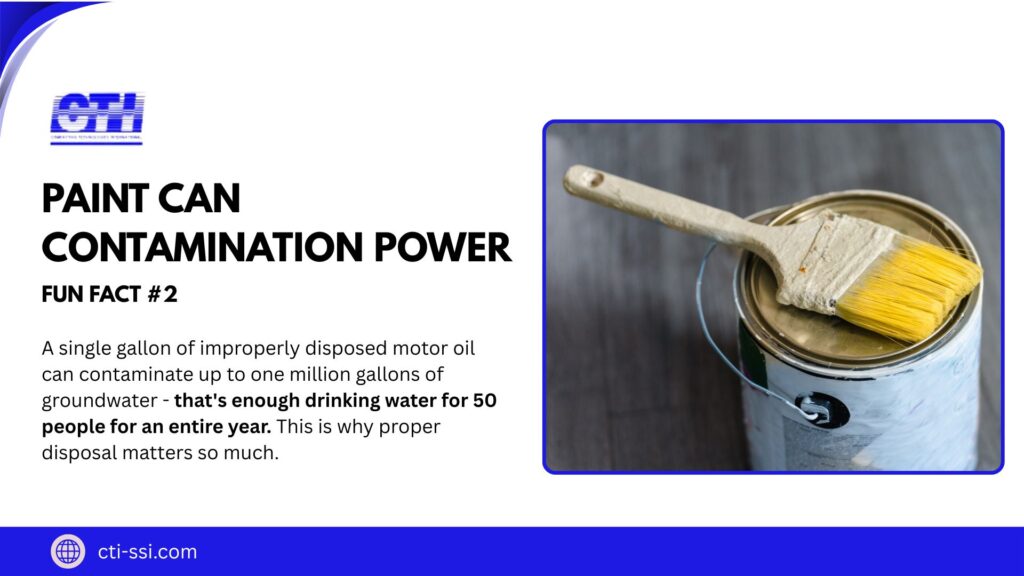
How to Get Rid of Specific Stuff
Different hazardous materials need specific disposal methods based on what they are and what the rules say. Understanding these differences helps you pick the right disposal method.
How to dispose of paint depends on whether it’s water-based or oil-based. Latex paint can often be dried and thrown away as solid waste, while oil-based paints need hazardous waste handling.
How to dispose of old gas needs special care because of fire and vapor dangers. Never pour gasoline down drains or on the ground – this contaminates the environment.
Common Stuff from Homes and Businesses
The disposal of cooking oil depends on how much and what type. Small amounts can often go to recycling centers, while big commercial amounts need special disposal services.
Disposal of propane tanks requires empty tanks to be properly purged first. Many stores and scrap metal dealers take empty propane tanks.
How to dispose of light bulbs depends on the bulb type. Fluorescent bulbs have mercury and need special handling, while LED bulbs can often go in regular trash.
Hazardous waste barrel disposal needs professional services because of the container size and possible contamination. Empty barrels may still have hazardous leftovers that need special handling.
- Factory Waste
Manufacturing operations produce consistent waste that benefits from regular pickup services. Scheduled collections reduce storage needs and compliance risks.
Lab waste often has multiple hazardous materials that need careful separation. Mixed waste costs more to dispose of than properly separated materials.
Maintenance operations create waste oils, solvents, and contaminated materials. These materials often work for recycling programs that reduce disposal costs.
Cleaning and Treatment Options
Carbon filtration system technology can treat certain liquid wastes before disposal. This treatment often reduces waste volume and disposal costs significantly.
Activated carbon filtration removes organic contamination from liquid waste. Treated liquids may qualify for regular sewer disposal rather than hazardous waste handling.
On-site treatment systems reduce transportation costs and disposal volumes. But treated waste still needs proper testing and paperwork to stay legal.
- Why Treatment Systems Help
Pre-treatment can turn hazardous waste into non-hazardous waste that costs less to dispose of. This works well for facilities that produce consistent waste.
Volume reduction through treatment cuts transportation and disposal costs. Concentrating waste reduces the number of disposal trips you need.
Recovery systems can get back valuable materials from waste. Solvent recovery and metal reclamation give you revenue that offsets disposal costs.
- Picking the Right System
Waste characterization determines which treatment technologies work for your specific materials. Wrong treatment can create more dangerous waste than what you started with.
You may need regulatory approval for on-site treatment systems. Permits and inspections make sure systems work safely and effectively.
Maintenance needs affect long-term treatment costs and reliability. Simple systems often give better value than complex automated equipment.
Staying Legal and Keeping Records
Good paperwork proves you know where to dispose of hazardous waste legally. Missing paperwork can get you fines even when your disposal methods are right.
Waste manifests track materials from when you make them through final disposal. These papers give you legal protection and show regulatory compliance.
Generator ID numbers are required for businesses that generate more than certain amounts of hazardous waste. Registration makes sure you get proper regulatory oversight.
- What Records to Keep
Disposal receipts must be kept for at least three years after waste disposal. These records prove you used proper disposal methods.
Training paperwork shows employees understand hazardous waste requirements. Regular training updates keep staff current on changing rules.
Inspection records show ongoing compliance with storage and handling requirements. Regular inspections prevent problems before they become violations.
- How to Stay Compliant
Professional waste management services handle paperwork and compliance requirements. This reduces paperwork burden and compliance risks.
Regular compliance audits find potential problems before they result in violations. Early detection prevents expensive cleanup and penalty costs.
Employee training programs make sure everyone understands proper hazardous waste procedures. Well-trained staff prevent accidents and compliance violations.
Paper Type | Keep For | Why |
Waste Manifests | 3 years | Track disposal chain |
Training Records | 3 years | Prove employee knowledge |
Inspection Logs | 3 years | Show compliance |
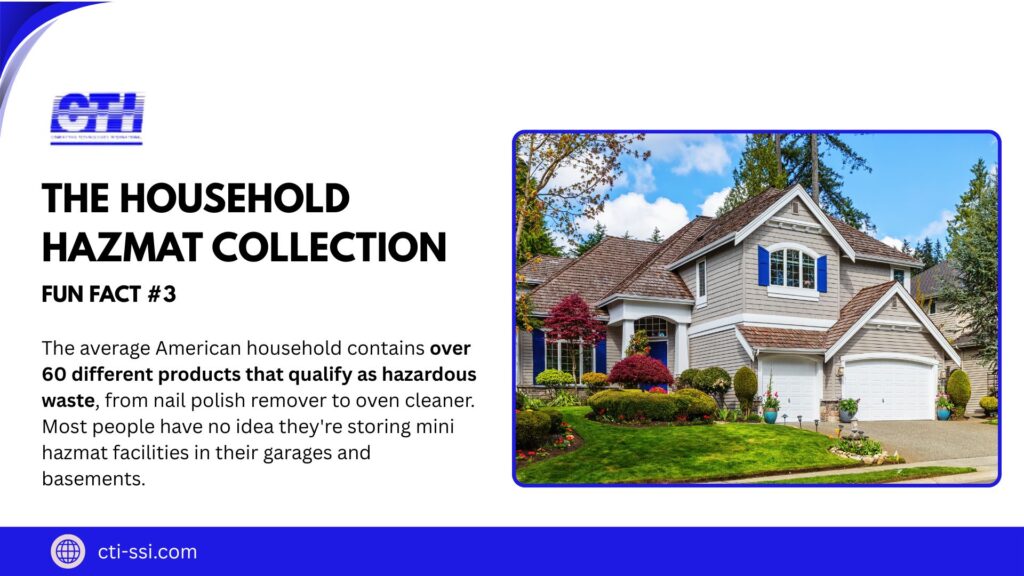
Saving Money on Disposal
Understanding disposal costs helps businesses budget for hazardous waste management. Costs change a lot based on waste type, volume, and disposal method.
Waste reduction saves disposal costs better than anything else. Source reduction prevents waste creation and eliminates disposal expenses.
Consolidation services combine waste from multiple generators to reduce individual costs. Shared transportation and processing reduce per-unit disposal expenses.
- Ways to Reduce Volume
Compaction equipment reduces solid waste volumes before disposal. CTI’s industrial compactors can reduce waste volumes by up to 8:1 ratios for big cost savings.
Separation programs keep hazardous and non-hazardous materials apart. Good separation prevents contamination that makes entire waste streams hazardous.
Employee training reduces waste creation through better material handling. Good procedures prevent spills and contamination that create extra waste.
- Managing Long-Term Costs
Scheduled pickup services often cost less than emergency disposal calls. Regular service prevents waste buildup and storage problems.
Vendor negotiations can reduce disposal costs for high-volume generators. Long-term contracts often include volume discounts and price protection.
Other disposal methods may save money for specific waste types. Recycling and treatment options often cost less than direct disposal.
Emergency Disposal Situations
Sometimes businesses need to know where to dispose of hazardous waste right away because of spills, accidents, or unexpected discoveries. Emergency services give a rapid response to these situations.
Spill cleanup creates contaminated materials that need immediate disposal. Professional cleanup services handle both cleanup and disposal requirements.
Unexpected waste discoveries during construction or renovation need immediate professional assessment. Old buried tanks and forgotten chemical storage create disposal emergencies.
- Planning for Emergencies
Emergency contacts should include licensed disposal facilities and transportation services. Quick response prevents environmental damage and reduces cleanup costs.
Spill cleanup supplies help contain problems until professional services arrive. Basic containment prevents small problems from becoming major environmental issues.
Employee training prepares staff to respond safely to hazardous waste emergencies. Good training prevents injuries and reduces liability during emergency situations.
Professional Disposal Services
CTI Safety Storage specializes in hazardous waste compaction and volume reduction systems that help businesses manage disposal costs effectively. Our industrial compactors reduce waste volumes significantly before disposal.
Professional disposal services give you expertise and equipment that most businesses can’t maintain internally. These services ensure proper handling and regulatory compliance.
Vendor selection should consider licensing, insurance, and track record for safe disposal practices. Picking the wrong vendor creates liability and compliance risks.


